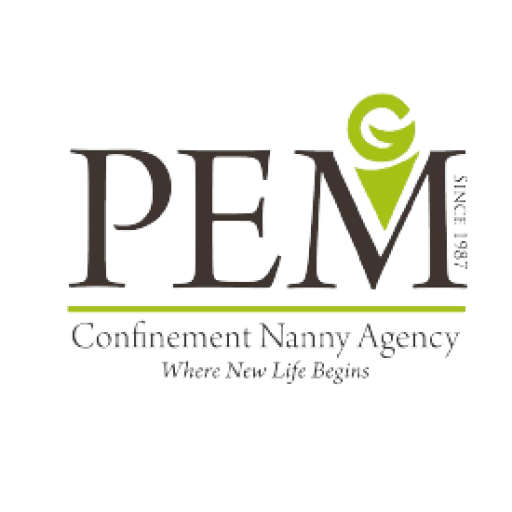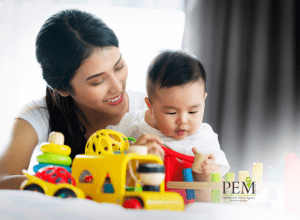[email protected] ♦ (+65) 6293 9249 ♦ Mon - Sun : 10:00AM - 7:00PM
What are the Methods You Can Use to Bathe Your Baby?
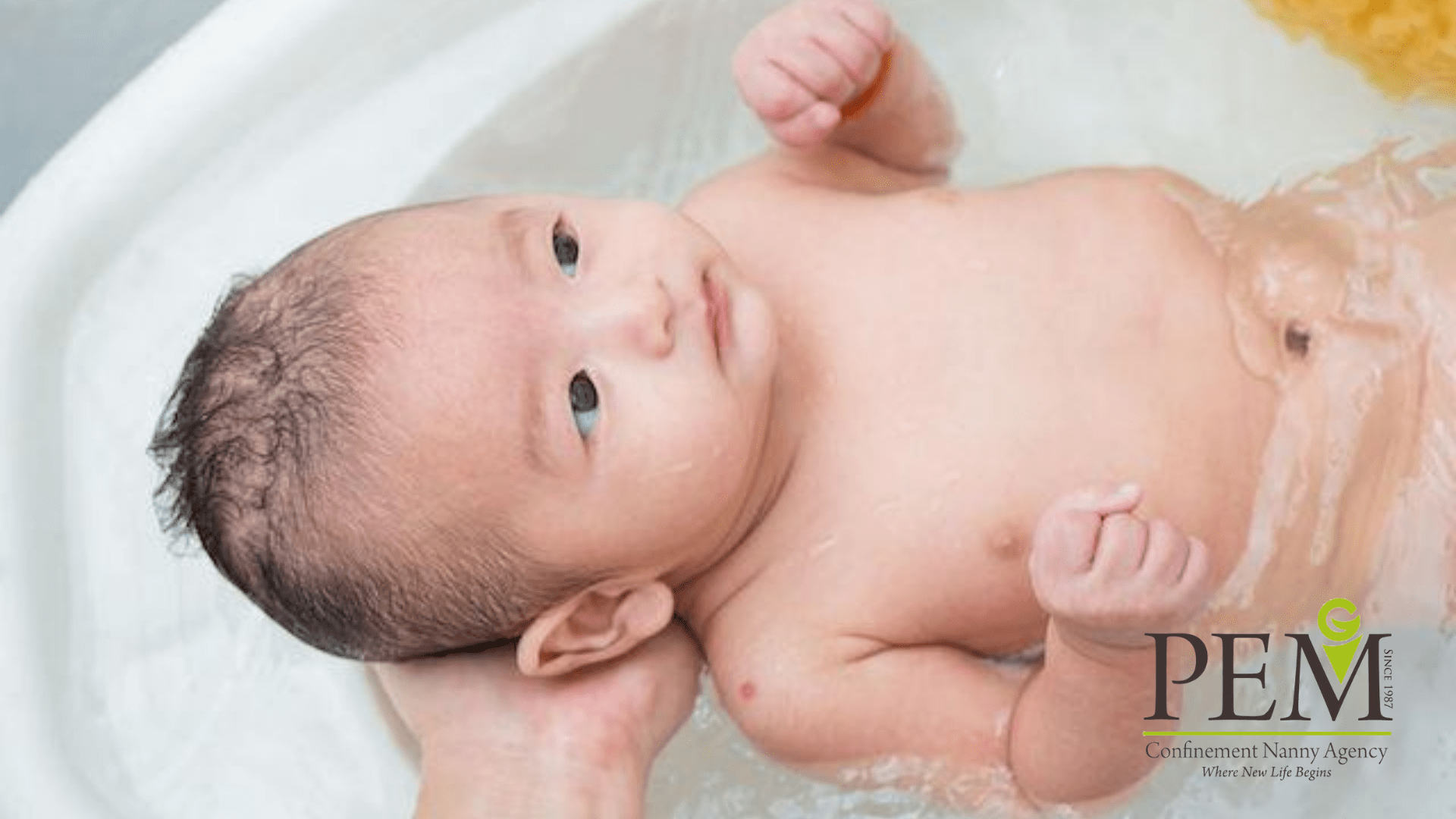
As a baby’s skin is more sensitive, they are also more prone to skin issues like rashes, dryness, and lesions. Hence, your baby’s skin should be well taken care of and kept clean at all times as it is crucial to their health. Bathing is undoubtedly one of the best ways to keep your newborn’s skin clean and healthy. If you have never bathed a baby before, you might be nervous and worried that you may do something wrong. Fret not, bathing a newborn isn’t as complicated as you might have imagined it to be. With just a little bit of practice, you’ll be good at it in no time. Soon, you and your newborn will both enjoy bath time and it will be a wonderful opportunity for you two to bond.
Paediatricians generally recommend bathing your newborn baby twice or thrice a week. You may bathe your baby more frequently when they get older. While bathing a baby may seem easy, only parents who bathe their babies will understand how challenging it can be.
For parents who come here to learn the proper how-to, there are a few common methods you can use to bathe your baby. You will probably be advised differently by your friends as compared to the paediatricians on ways to bathe your newborn. But what are the medically-approved bathing methods?
Sponge Bath
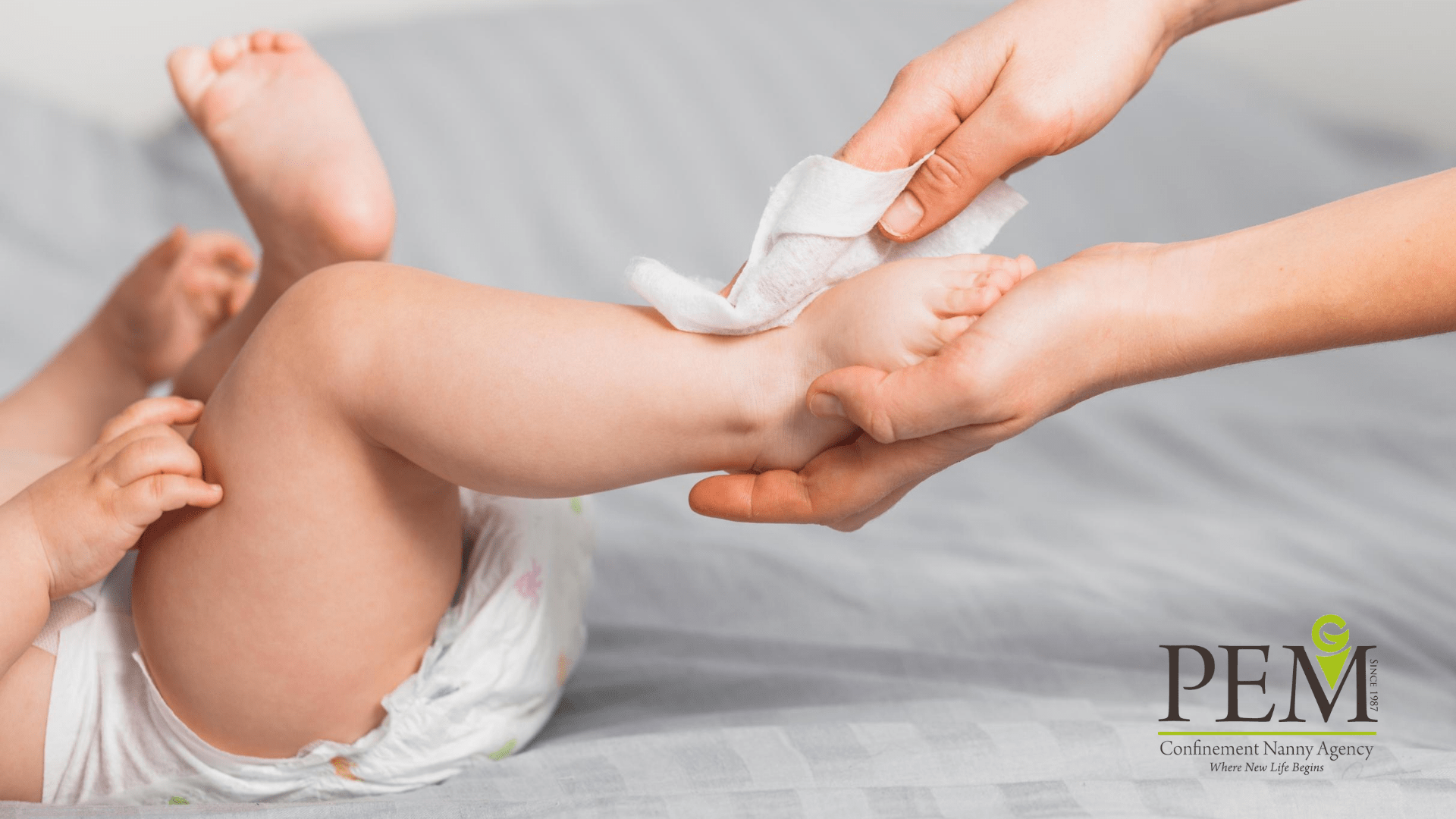
Sponge baths are recommended for the first few weeks after childbirth. Ideally, you can carry on with the sponge bath method until your baby’s umbilical cord stump detaches from the baby’s navel and the region heals completely. This method helps keep the wound clean and dry, thus preventing the risk of infections.
A sponge bath can basically be referred to as the practice of cleaning your newborn using a wet washcloth. You can do this in a warm room and there should be a clean towel within reach. Some of the essentials needed for a sponge bath include:
- Lukewarm water
- Washcloth or sponge bath sponge
- Towel
- Diapers
- Baby powder
Steps:
To bathe your newborn, lay them on a flat and comfortable surface like a changing table or bed. Dip the washcloth in lukewarm water and squeeze out any excess water. Gently wipe their face and entire body using the cloth. Focus mainly on areas such as the neck, behind the ears, diaper area, plus the armpits. To finish, you can apply baby powder or baby oil on your child’s skin. Dress them and wrap them up snugly in a soft blanket.
You May Also Read this : Why Confinement Herbal Bath is Good for You
Tub Bath
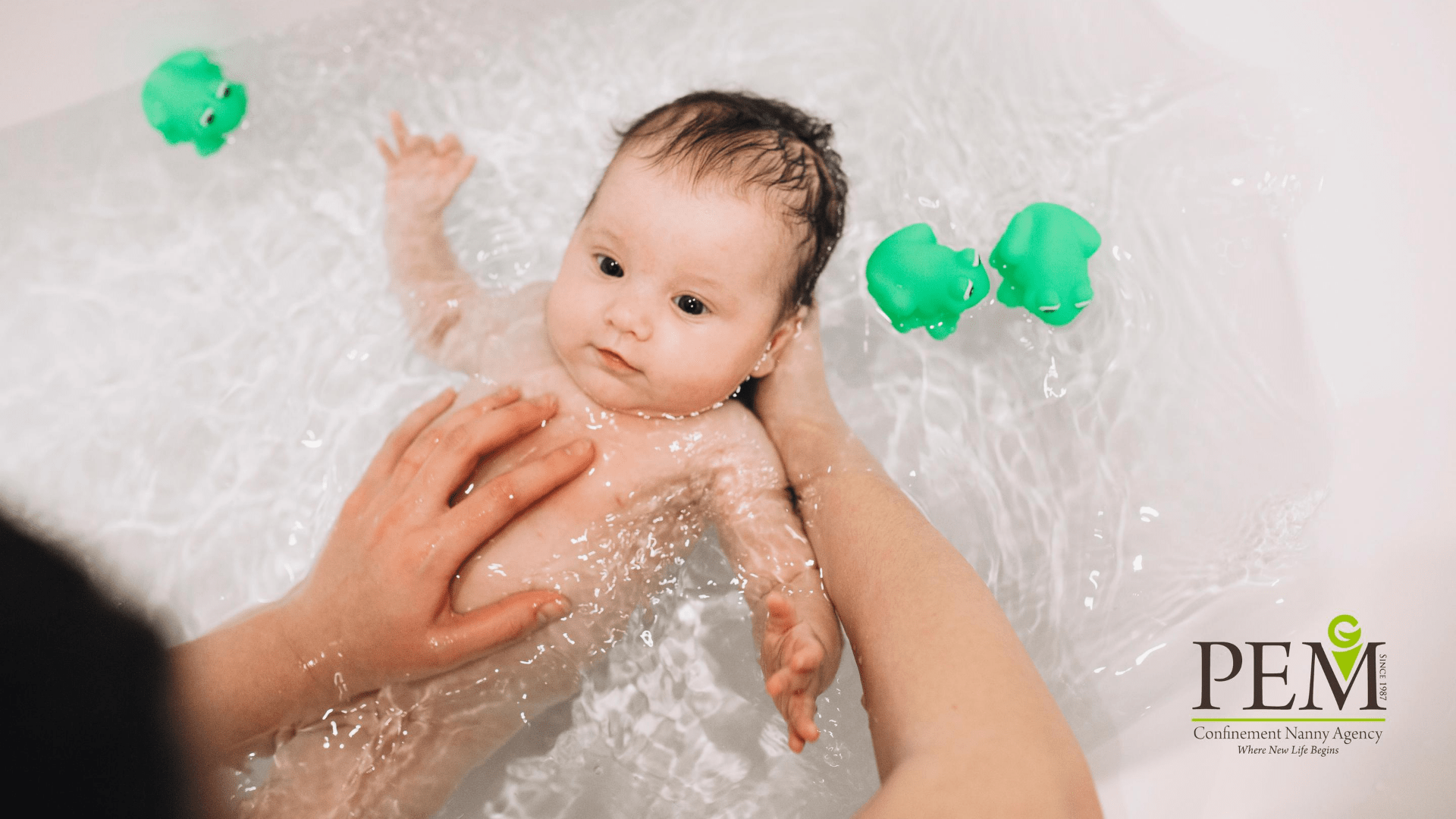
Once the umbilical cord detaches from your baby’s navel and the resulting wound has completely healed, you can then start to bathe your baby in a tub. Some infants oppose this transition, but after a few battles, they will soon look forward to a tub bath. Based on some hospital research, babies who are bathed in tubs retain their body temperatures much better than sponge-bathed babies, which means the former does not feel as cold during baths as the latter. This is yet another reason to transition to tub baths when your child grows older. You will need the same essentials that you used for a sponge bath.
Steps:
Fill up the tub with 2-3 inches of lukewarm water. While supporting your baby’s head and back with one hand, lower them gently into the tub. Wash their body with soap while paying extra attention to their armpits and the genital area. Next, pat them dry with a towel. Apply baby powder or baby oil and dress them up.
Never leave your baby unsupervised in a bathtub. If you’re trying to juggle a few things like, say, cooking something in the kitchen and bathing your baby, finish up with your baby before you handle the rest.
Alternatively, during the first few weeks of your postpartum period, a confinement nanny can help you bathe your baby if you do get one. On top of settling the confinement baby bath, your nanny can take the loads off your shoulder in many more ways like preparing your daily meals.
When we discuss baby bath, one of the most overlooked aspects in this matter is the bathtub you are using to bathe your little one. It may seem harmless enough to wash your baby in the sink or in a regular basin, but your baby’s comfort plays a huge role in ensuring the bath time will go smoothly. You can ask other fellow mommies to find out the best kind of baby bathtub Singapore parents usually go for.
Last but not least, remember to take it easy. Some babies may resort to crying and act all cranky during the bathing process. Do not worry too much as they will soon get used to it. Eventually, it will be an amazing sight to see your baby wrapped up tightly in a towel after a refreshing bath.
Just as how crucial bath is to an adult, that is also how important it is to your little one, especially since they cannot clean after themselves. Even in confinement, your bath is a crucial element that is taken care of very meticulously through the use of confinement bathing herbs. Hence, try to provide a good bathing experience to your little one as well and it will be a win-win situation for both of you!
